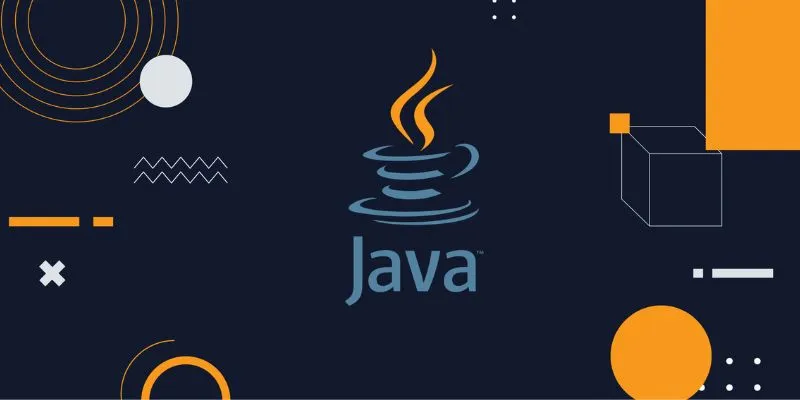Memory management is a important aspect of any programming language, especially when it comes to high-performance applications. In Java, memory management is automatically handled by the Java Virtual Machine (JVM), but understanding how it works is essential for writing efficient and scalable code. Java’s memory management primarily revolves around heap and stack memory, garbage collection, and object allocation. This blog will explore how Java manages memory and the techniques it uses to optimize performance. For those aiming to deepen their understanding of data structures and algorithms, Java Training in Chennai offers detailed insights and practical experience in these areas.
Understanding Java Memory Structure
Java’s memory is divided into two main parts: Heap Memory and Stack Memory.
- Heap Memory: This is where all objects are stored in Java. The heap is a shared space and accessible from anywhere in the application. Java automatically allocates memory for objects on the heap when they are created.
- Stack Memory: This is where local variables and method calls are stored. Stack memory is thread-specific, and it holds temporary data like method arguments, primitive data types, and references to objects.
How Object Allocation Works in Java?
When an objects is created in Java, the JVM allocates memory for that object on the heap. Memory allocation is a fast process, thanks to the use of memory pools and regions within the heap. Java uses a concept known as ‘Generations’, where objects are categorized based on their life cycles:
- Young Generation: This is where newly created objects are allocated. Most objects in Java are short-lived and are quickly eligible for garbage collection. Efficient memory management is crucial, just like implementing Pagination in AngularJS, which helps optimize data handling and improves application performance.
- Old Generation (Tenured Generation): Objects that have survived multiple cycles in the Young Generation are moved to the Old Generation. These objects tend to live longer, and memory is managed more conservatively in this area.
- Permanent Generation (Metaspace): This section stores metadata related to classes and methods. From Java 8 onwards, this area is known as Metaspace.
By organizing objects into generations, the JVM optimizes memory usage and enhances garbage collection efficiency.
Enhance your proficiency in data structures and algorithms with Java Online Training, where you can gain extensive knowledge and practical experience.
What is Garbage Collection?
Garbage Collection is the method of reclaiming memory from objects that are no longer in use. In Java, the JVM takes care of this automatically, so developers don’t have to manually free memory. Java’s garbage collector uses different algorithms to manage memory, with the most common being:
- Mark and Sweep Algorithm: This algorithm first marks objects that are still in use and then sweeps away objects that are no longer referenced. Understanding such memory management techniques is one of the Benefits of Learning Java Programming, as it helps developers write efficient and optimized code.
- Copy Algorithm: The heap is divided into two regions, and objects are copied from one region to another, leaving behind unused objects that can be cleared out.
- Generational Garbage Collection: Java uses this method to manage memory more efficiently by focusing on the Young Generation. Since most objects are short-lived, this reduces the overhead of tracking and collecting all objects in the heap.
By automatically reclaiming memory, Java reduces the chance of memory leaks and ensures that the application runs smoothly.
For individuals aiming to advance their AWS knowledge, AWS Training in Chennai delivers comprehensive programs and practical learning opportunities.
Optimizing Java Memory Management
While Java’s automatic memory management is highly efficient, developers can optimize memory usage by following best practices:
- Minimize Object Creation: Reusing objects where possible helps reduce the load on the heap.
- Avoid Memory Leaks: Memory leaks occur when objects are not properly dereferenced, keeping them alive in the heap unnecessarily. Using WeakReferences or SoftReferences can help manage memory better. For developers looking to enhance their skills in this area, AWS Online Training provides valuable insights into effective memory management practices in cloud environments.
- Tune JVM Settings: By adjusting JVM parameters such as -Xms and -Xmx (which set the initial and maximum heap size), developers can improve performance based on the application’s needs.
- Profiling and Monitoring: Tools like JConsole or VisualVM allow developers to monitor memory usage and detect potential bottlenecks.
Java’s memory management system is robust and designed to simplify the process of memory allocation and deallocation through automated garbage collection. By understanding how heap and stack memory work, object allocation patterns, and garbage collection algorithms, developers can write more efficient and reliable Java applications. While the JVM handles most of the heavy lifting, being mindful of memory management practices can help developers avoid performance issues and ensure that their applications scale efficiently. To advance your professional skills, an Advanced Training Institute in Chennai offers high-level training and expert guidance, ensuring you stay at the forefront of industry developments.
Read more: Java Interview Questions and Answers
